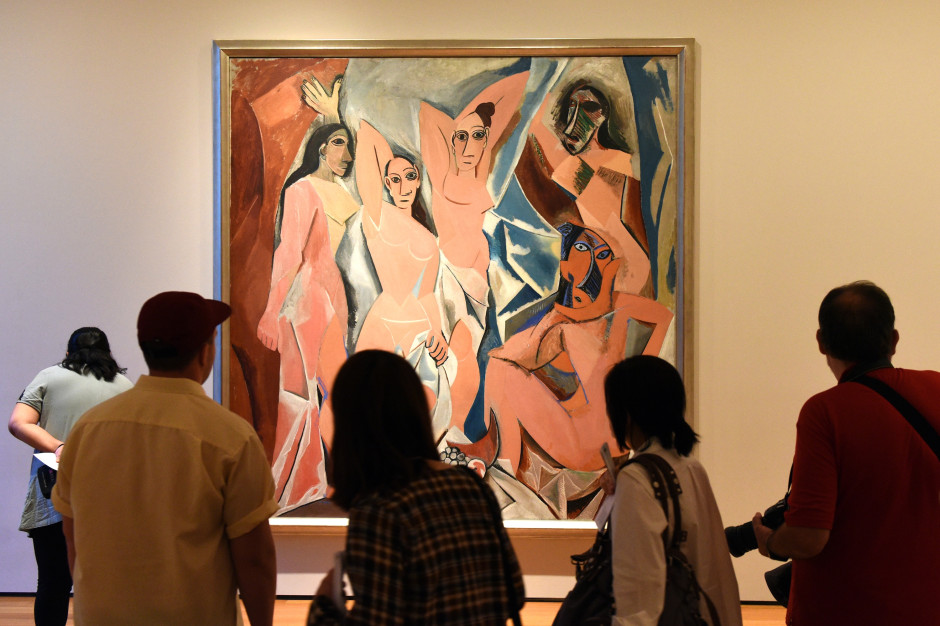Picasso Cleared of Charges? Renowned Collector Challenges Years of Art Historians' Findings

One of Pablo Picasso's most groundbreaking works – "Les Demoiselles d'Avignon" – may have had entirely different sources of inspiration than previously thought. A French scholar challenges the theory of African influences, pointing to forgotten medieval frescoes.
"Les Demoiselles d'Avignon " (Les Demoiselles d'Avignon) is one of the most important works in the history of modern art, painted by Pablo Picasso in 1907. The painting is considered a turning point in the development of Cubism and 20th-century art in general. Nearly 100 years after its creation, new, surprising facts are coming to light. French collector and self-proclaimed "art detective," Alain Moreau, published an article in which he claims the work was inspired by... medieval church frescoes , and not, as many art historians claim, African art .
 Les Demoiselles d'Avignon, Pablo Picasso, 1907, MoMA collection / Shutterstock
Les Demoiselles d'Avignon, Pablo Picasso, 1907, MoMA collection / ShutterstockThe painting depicts five nude women with deformed, geometric shapes . Their poses are rigid, and the background is flattened and fragmented. There is no traditional perspective, chiaroscuro, or depth. Today, we would call it classic Picasso , but when it was created, it was revolutionary. So much so that Picasso kept the painting in his studio for years. He hid it for another reason: its subject. The work's title refers to Avinyó Street in Barcelona , known for its brothels—not the French city of Avignon. Therefore, the work depicts prostitutes.
Did Picasso appropriate African art?Pablo Picasso has been and continues to be the subject of criticism related to cultural appropriation , especially in the context of his inspiration from African art .
An article was published in the Bulletin of the Royal Catalan Academy of Fine Arts of Saint George , which, however, challenges the previous findings of researchers of Picasso's art and his sources of inspiration.
Moreau believes the painting's inspiration can be found in the frescoes in the church of La Vella de Sant Cristòfol in Campdevànol and in the Romanesque murals in Sant Martí de Fenollar, located at the foot of the French Pyrenees. Where does this conclusion come from?
 Les Demoiselles d'Avignon, Pablo Picasso, 1907, MoMA collection / Shutterstock
Les Demoiselles d'Avignon, Pablo Picasso, 1907, MoMA collection / ShutterstockMoreau carefully analyzed the artist's travels and possible routes, taking into account a possible detour to Gósol in Spain in 1906. Joan Vidal Ventosa, a friend of Picasso , is said to have suggested he visit these places. Paintings created in church interiors were popular among the Catalan elite of the period and contained elements similar to those in " Les Demoiselles d'Avignon ," including geometric forms and intense colors.
The researcher also points to a chirimbolo —a mysterious marking on the face of one of the figures, sometimes interpreted as an ear. This motif draws inspiration from abstract facial markings found in Catalan Christian art .
The Myth of the African Mask Debunked. What Really Inspired Picasso?Okay, so what about the "African" references? Moreau pointed out that the African mask that was displayed alongside " Les Demoiselles d'Avignon " in a 1939 MoMA retrospective appeared in Europe after 1935. Curator Alfred Barr, however, claimed at the time that the mask directly inspired the artist.
well.pl





